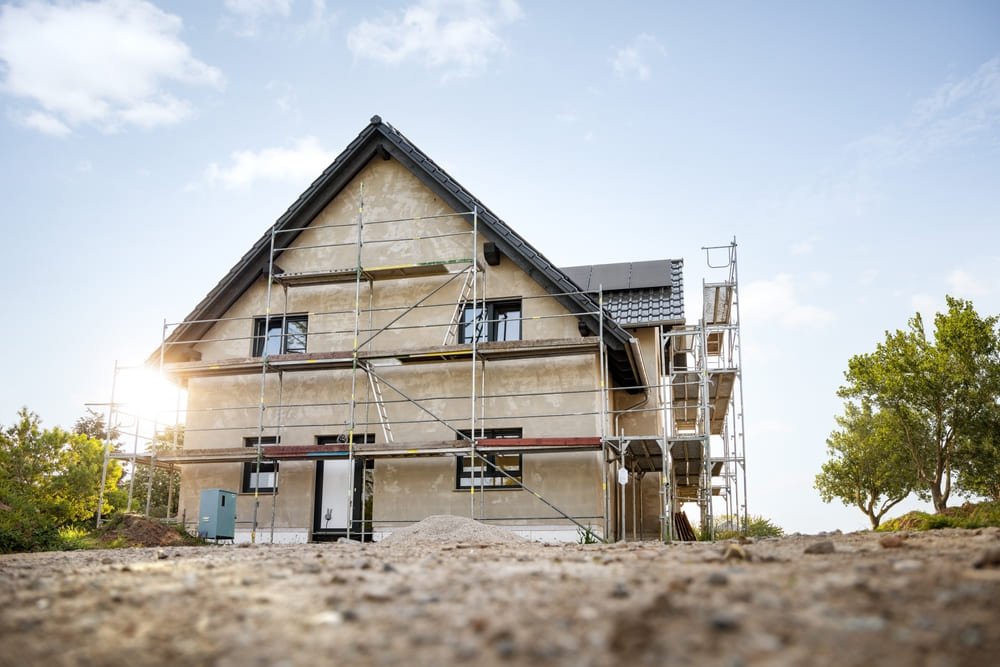
The Housing Industry Association (HIA) has sounded the alarm over Australia’s acute housing shortage, calling for urgent reforms to the skilled migration system to address critical labour shortages in the construction sector.
In a statement released recently, HIA Managing Director Jocelyn Martin emphasised the pressing need for more skilled migrants to meet the country’s housing targets.
“Australia is not bringing enough skilled migrants into Australia to build 170,000 homes per year, let alone the 240,000 homes that we need to be building to address the acute housing shortages being faced,” she said.
According to data from the Department of Home Affairs, only 1,346 workers in construction trades have been granted temporary work visas in the nine months to March 2024, a figure that falls far short of industry demands.
Martin highlighted the skilled worker shortage as a major impediment to housing supply, leading to project delays and increased construction costs.
“Risks associated with labour shortages are causing businesses to shelve projects that could deliver the housing that Australia needs,” she warned.
The residential building industry is facing intense competition for skilled labour from other sectors, including commercial construction, infrastructure projects, and the mining industry.
This competition has been exacerbated by the growth in government investment in clean energy transition and other infrastructure projects nationwide.
While prioritising career opportunities for local workers, Martin acknowledged that this alone would not be sufficient to meet the industry’s workforce needs.
“The skilled migration system has a role to play in enabling businesses to source workers from overseas to supplement the local workforce and fill skills gaps when they arise,” she stated.
However, the temporary work visa system, touted as a demand-driven system, has fallen short of expectations.
Despite a rebound in immigration as borders reopened, the number of construction trades workers with temporary work visas returning to Australia remains low, with few sponsored by businesses in the residential building industry.
To achieve the government’s target of 1.2 million new homes, Martin called for a complete overhaul of the skilled migrant system.
“If the government is truly committed to seeing the Housing Accord target achieved, more must be done to train local workers and enable [the] industry to make better use of the skilled migration system,” she concluded.
The HIA’s call for action comes amid growing concerns over Australia’s housing affordability crisis and the need to address the supply-demand imbalance through increased construction activity.










